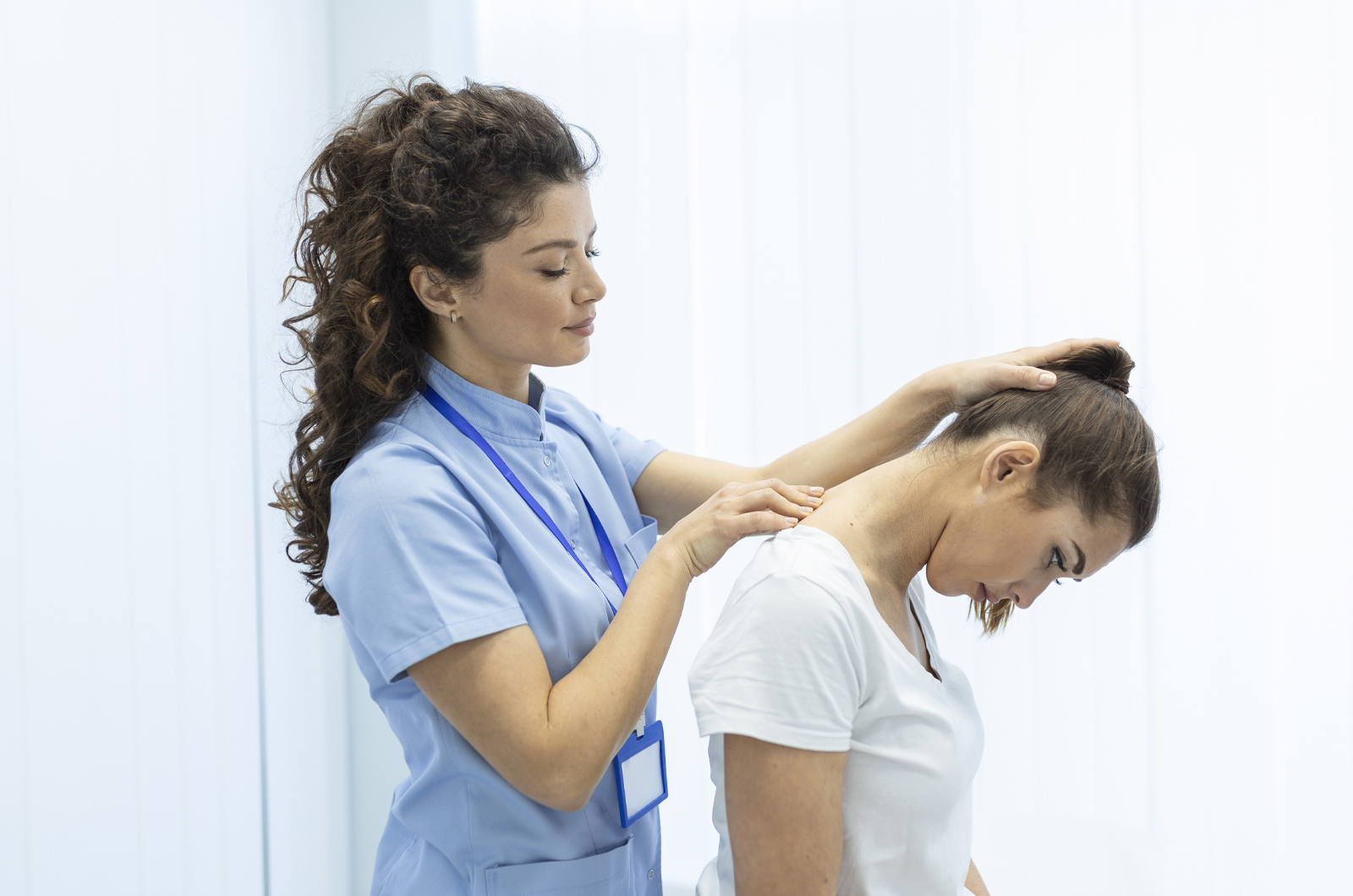
Can Osteopathy Help Children with Growing Pains?
Understanding Growing Pains in Children
What Are Growing Pains?
Common Symptoms of Growing Pains
Growing pains typically present as intermittent episodes of discomfort, often occurring in the late afternoon, evening, or during the night. Symptoms can include aching or throbbing sensations, tenderness in the legs, or even mild stiffness in the affected areas. Importantly, growing pains do not involve swelling, redness, or joint immobility—features that may indicate other underlying conditions. Parents may notice that their child’s discomfort is more pronounced after a day of increased physical activity. Recognising these symptoms helps ensure that growing pains are managed effectively while ruling out other potential causes of discomfort.
When Are Growing Pains Most Likely to Occur?
I’ve been seeing David for 10+ years now and wouldn’t go anywhere else. I’ve recently taken my 15year old son to David as he has had some health issues effecting his muscles and joints, he has experienced immediate improvements. I also recommended my mum who sees another member of the team and again, is really pleased with the treatment and outcome 5⭐️
August 28, 2023
Causes of Growing Pains: What Parents Need to Know

Physical Growth and Musculoskeletal Strain
The Role of Activity Levels in Growing Pains
Are Growing Pains Linked to Underlying Conditions?
I’ve visited Tom at Sanderstead Osteopaths since March for postnatal neck and back issues and then subsequent issues with my neck from looking after a baby (and now toddler) and he’s absolutely superb. I’d highly recommend him!
August 28, 2021
How Osteopathy Can Help Manage Growing Pains

Osteopathy’s Gentle Approach for Children
Techniques to Relieve Muscle Tension and Discomfort
Promoting Postural Balance During Growth Spurts
An excellent practice, with excellent therapists. I originally saw David with a bad lower back and got amazing results. Would recommend!
August 28, 2023
Benefits of Osteopathy for Children Experiencing Growing Pains

Improving Sleep and Reducing Night-Time Discomfort
Supporting Overall Physical Development and Mobility
Preventing Long-Term Musculoskeletal Imbalances
What to Expect During an Osteopathy Session for Children

The Initial Assessment: Understanding Your Child’s Needs
Safe and Gentle Hands-On Techniques for Kids
Advice for Parents on Maintaining Comfort at Home
I’ve visited Tom at Sanderstead Osteopaths since March for postnatal neck and back issues and then subsequent issues with my neck from looking after a baby (and now toddler) and he’s absolutely superb. I’d highly recommend him!
August 28, 2021
When to Seek Osteopathic Help for Growing Pains

Recognising Signs That Professional Care Is Needed
How Osteopathy Can Complement Paediatric Care
Frequently Asked Questions About Osteopathy for Children

Is Osteopathy Safe for Kids?
How Many Sessions Will My Child Need?
Can Osteopathy Prevent Future Pain or Discomfort?
Supporting Your Child’s Growth Journey with Osteopathy

Holistic Care for a Pain-Free Childhood
Encouraging Healthy Habits and Movement
I took my newborn daughter to David due to her being very gassy and unsettled. Within the first week of David seeing her she was a lot more settled and was sleeping for a lot longer at night. I would highly recommend the treatment here with David for anyone with newborns with similar issues.
August 28, 2023
Find Relief for Your Child’s Growing Pains at Sanderstead Osteopaths




